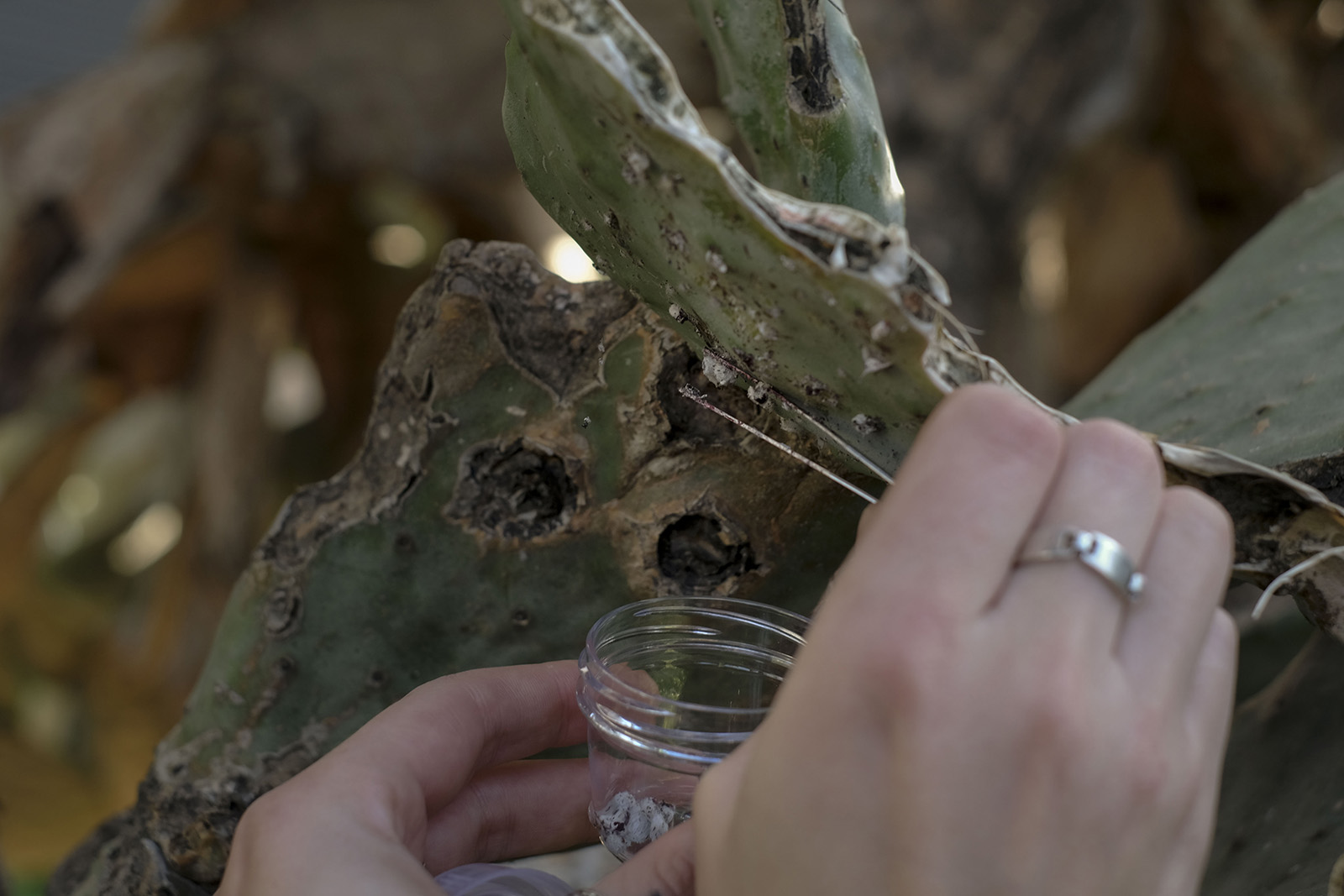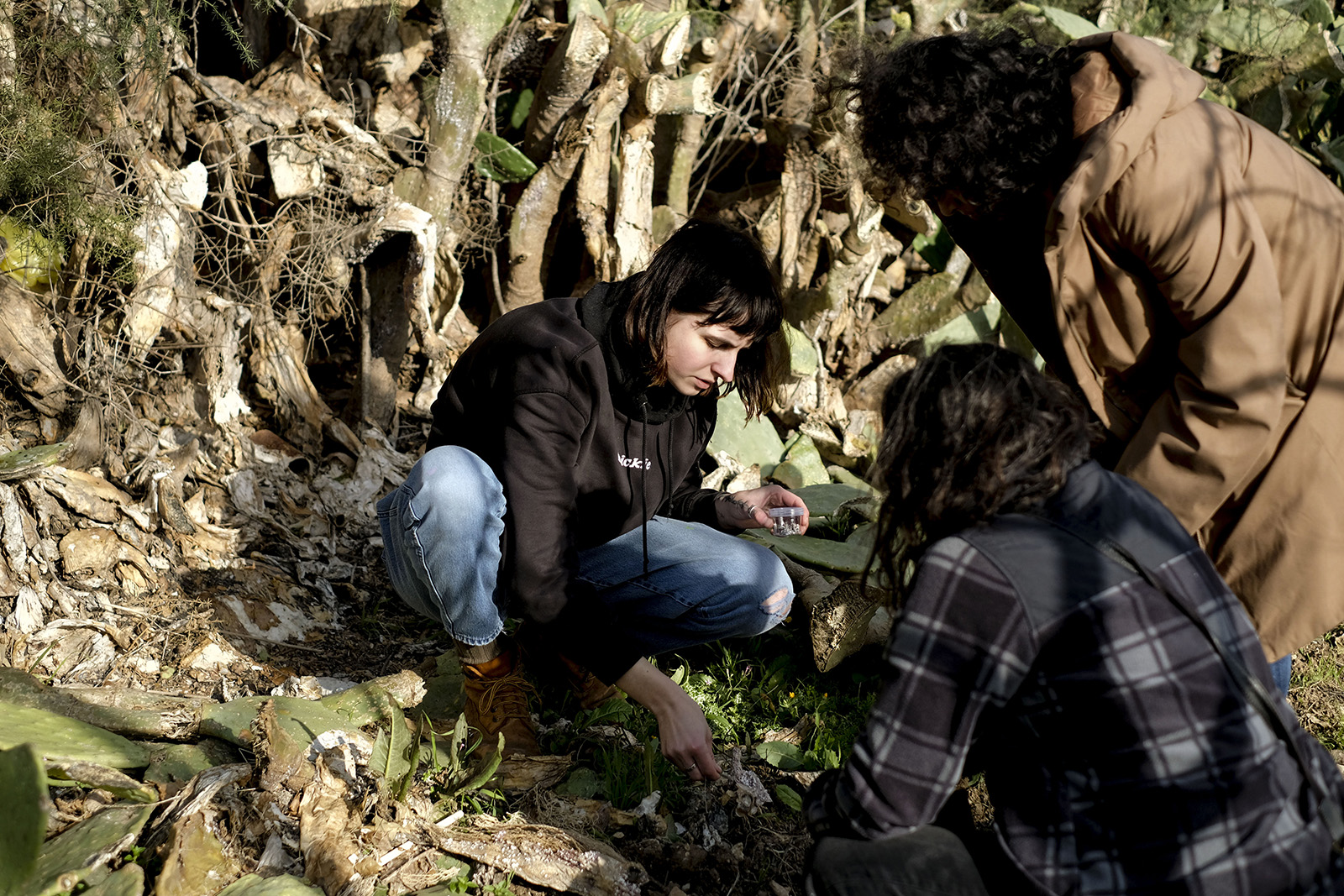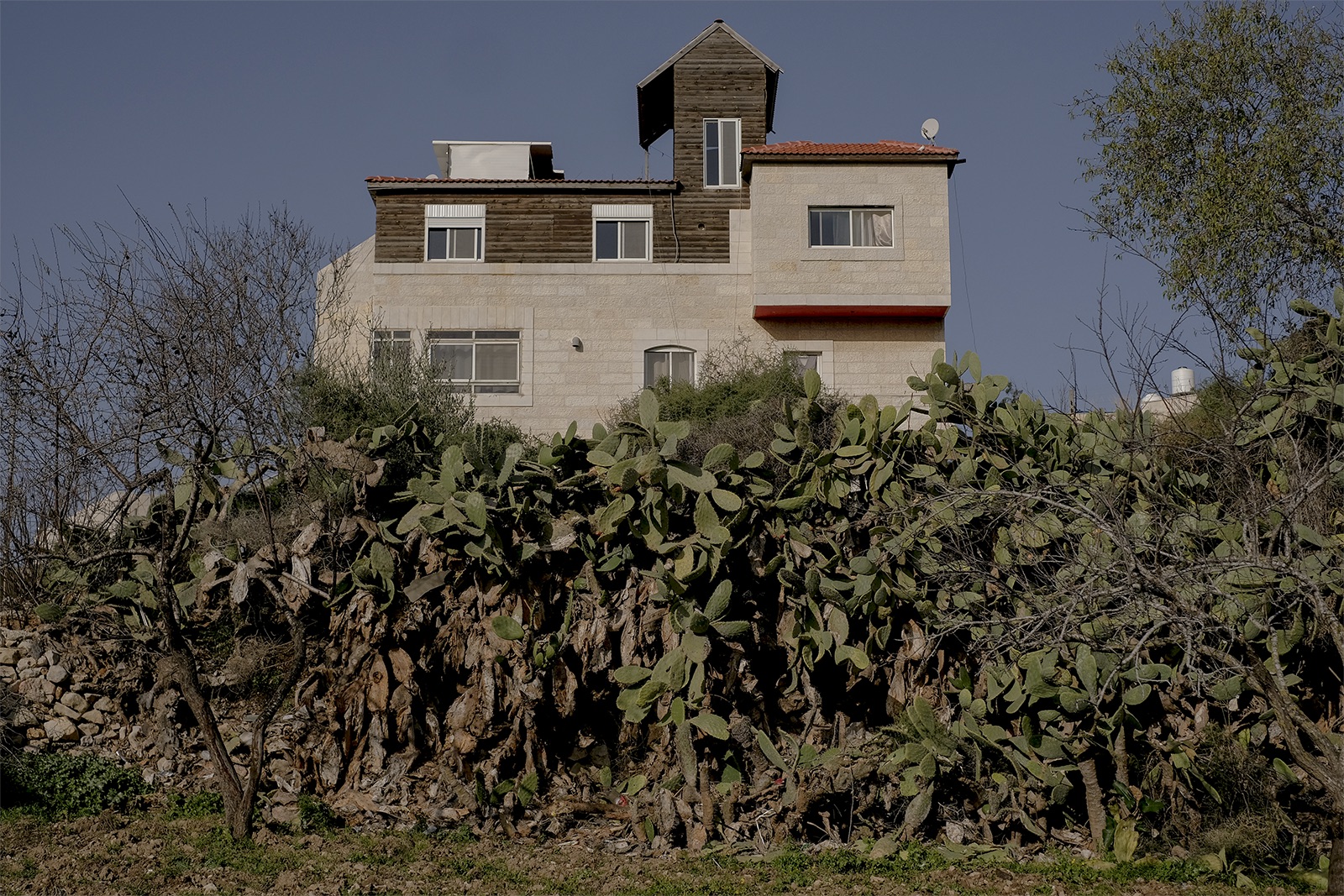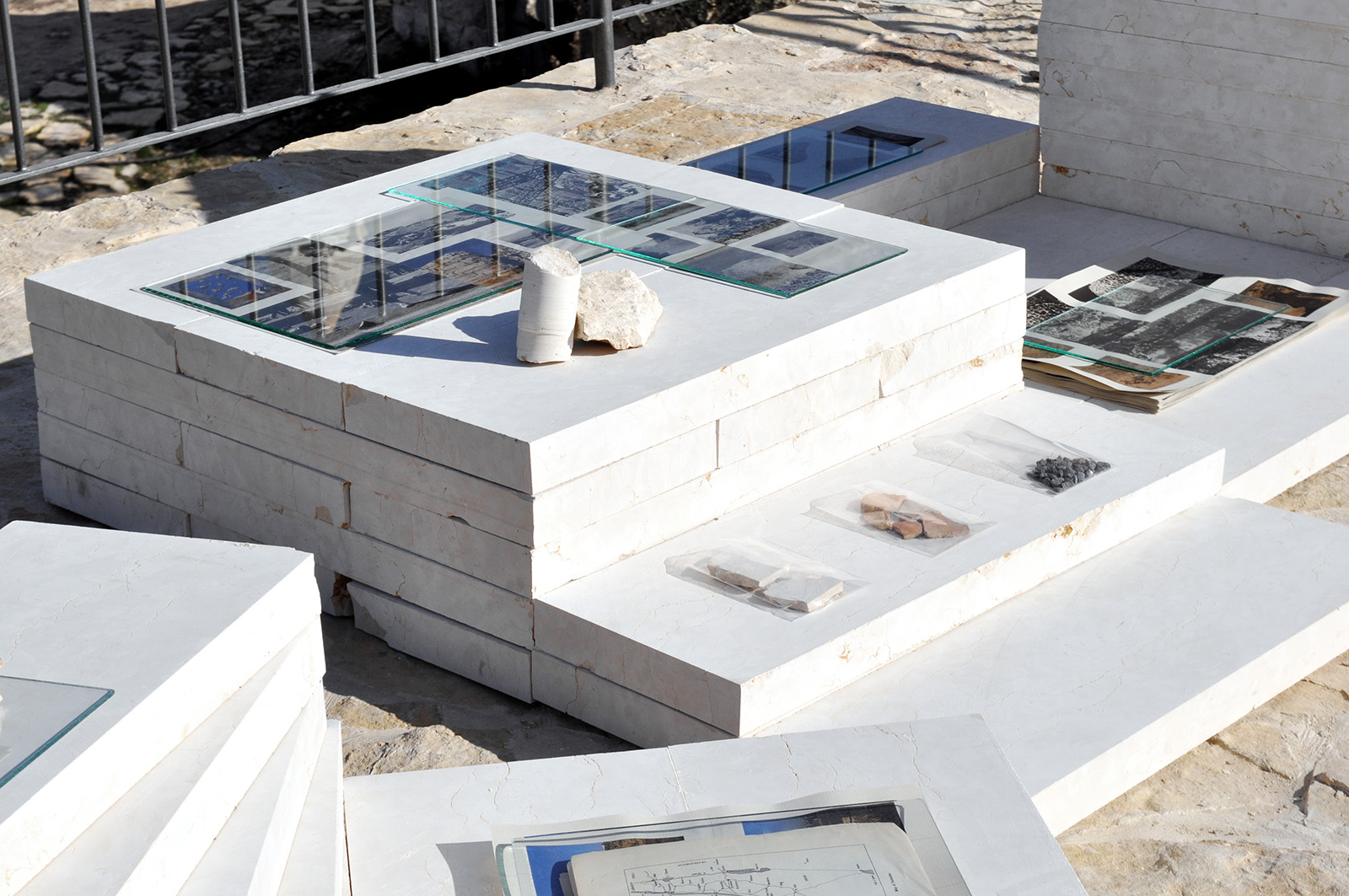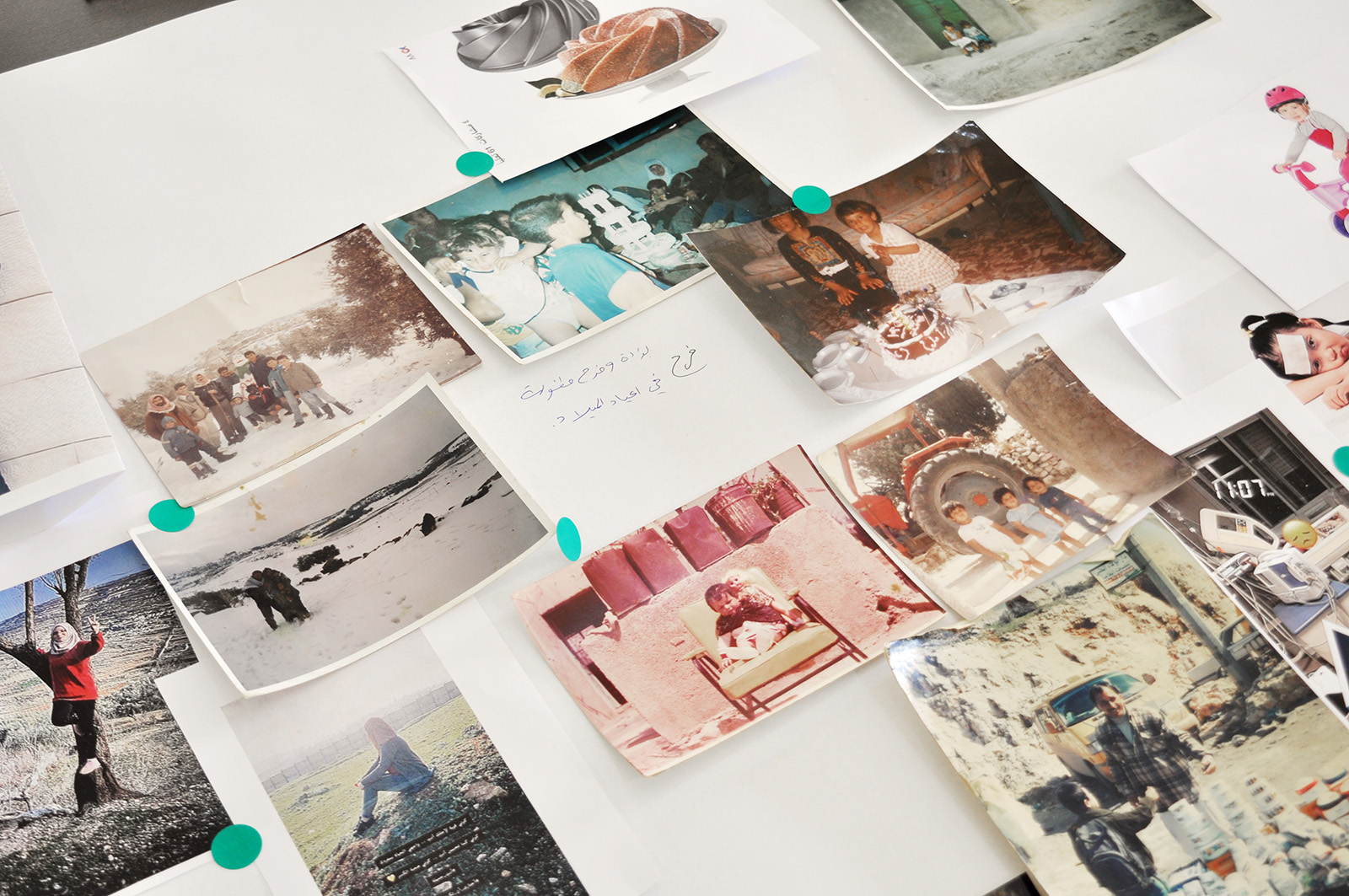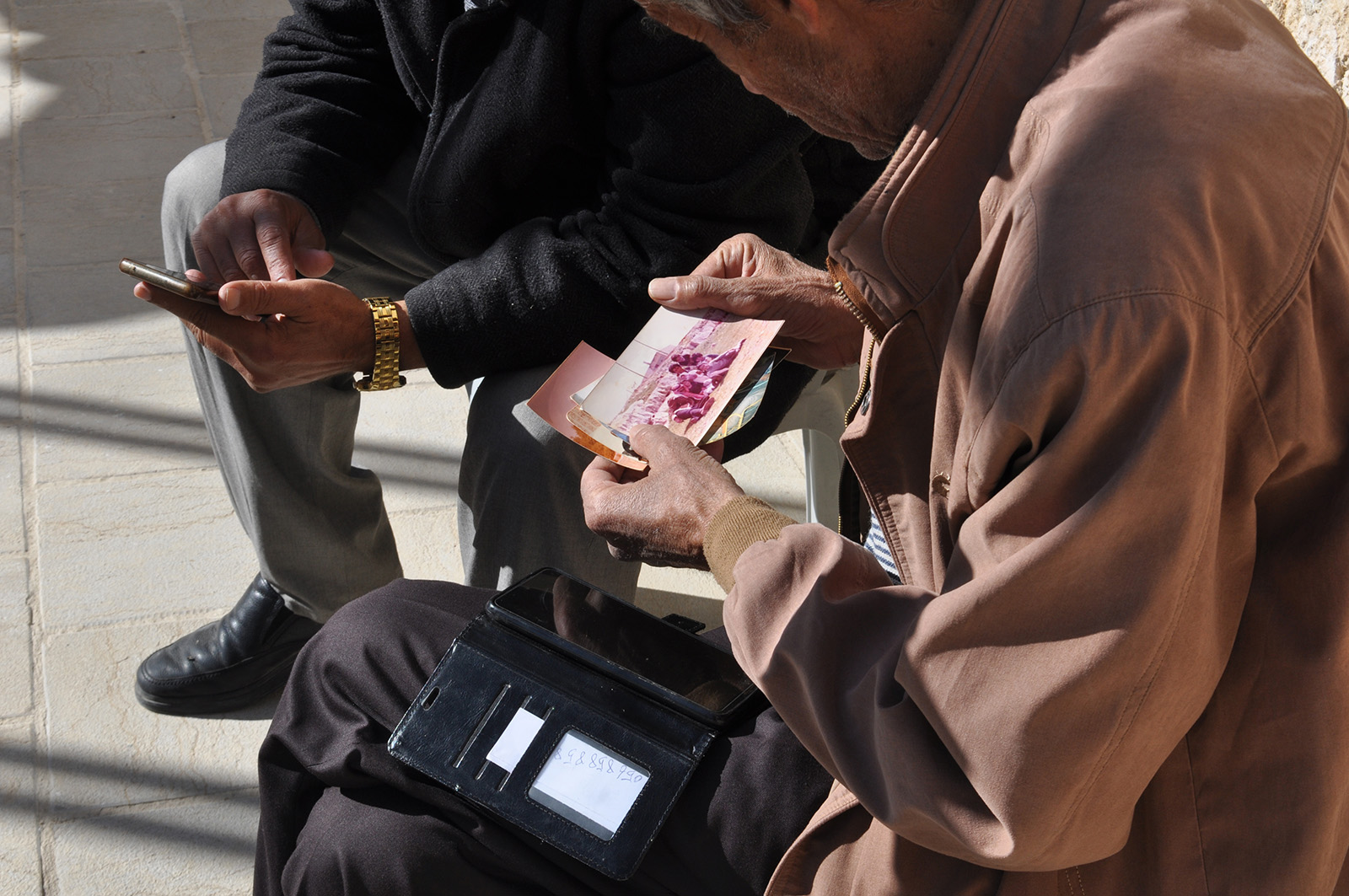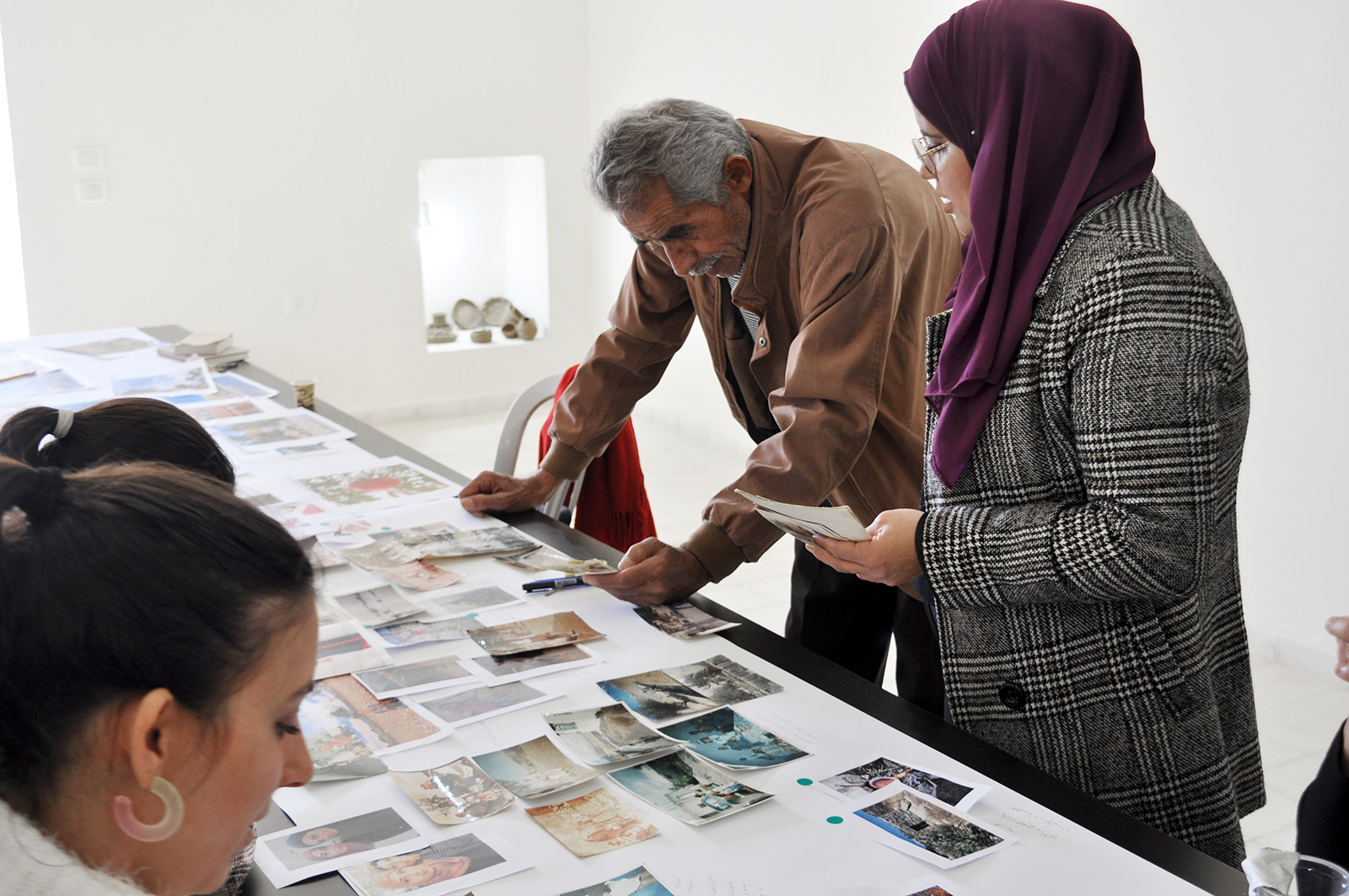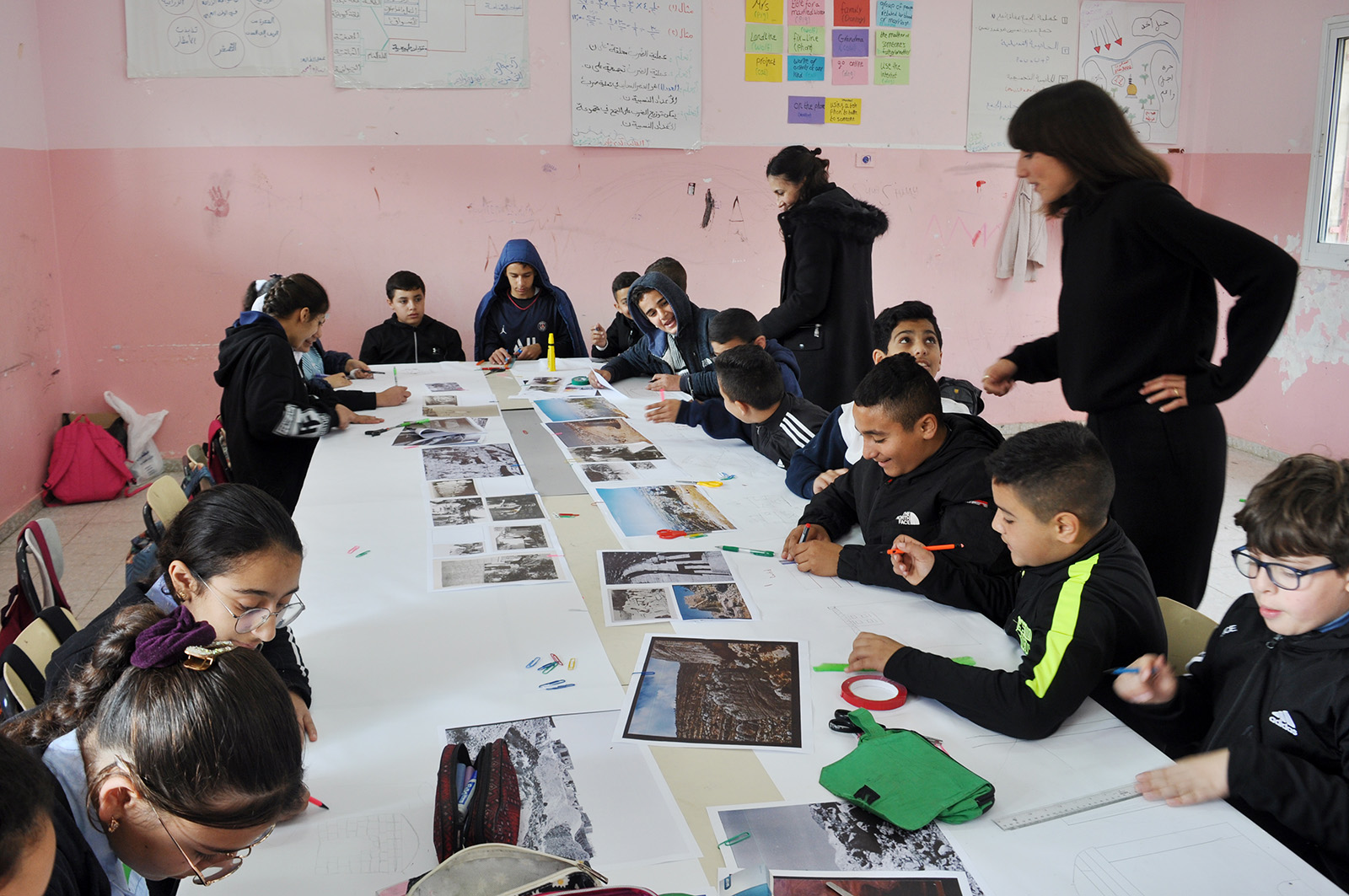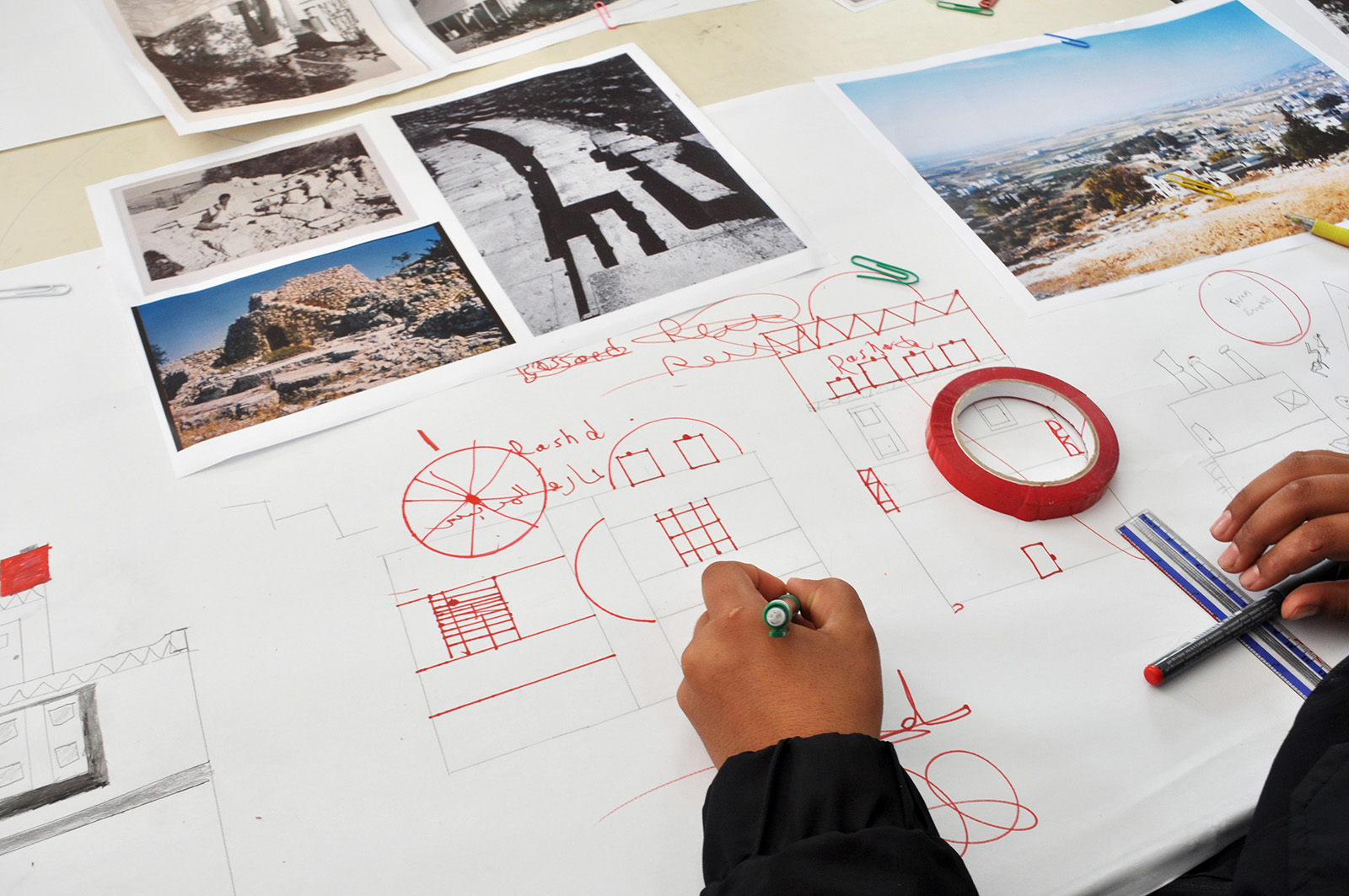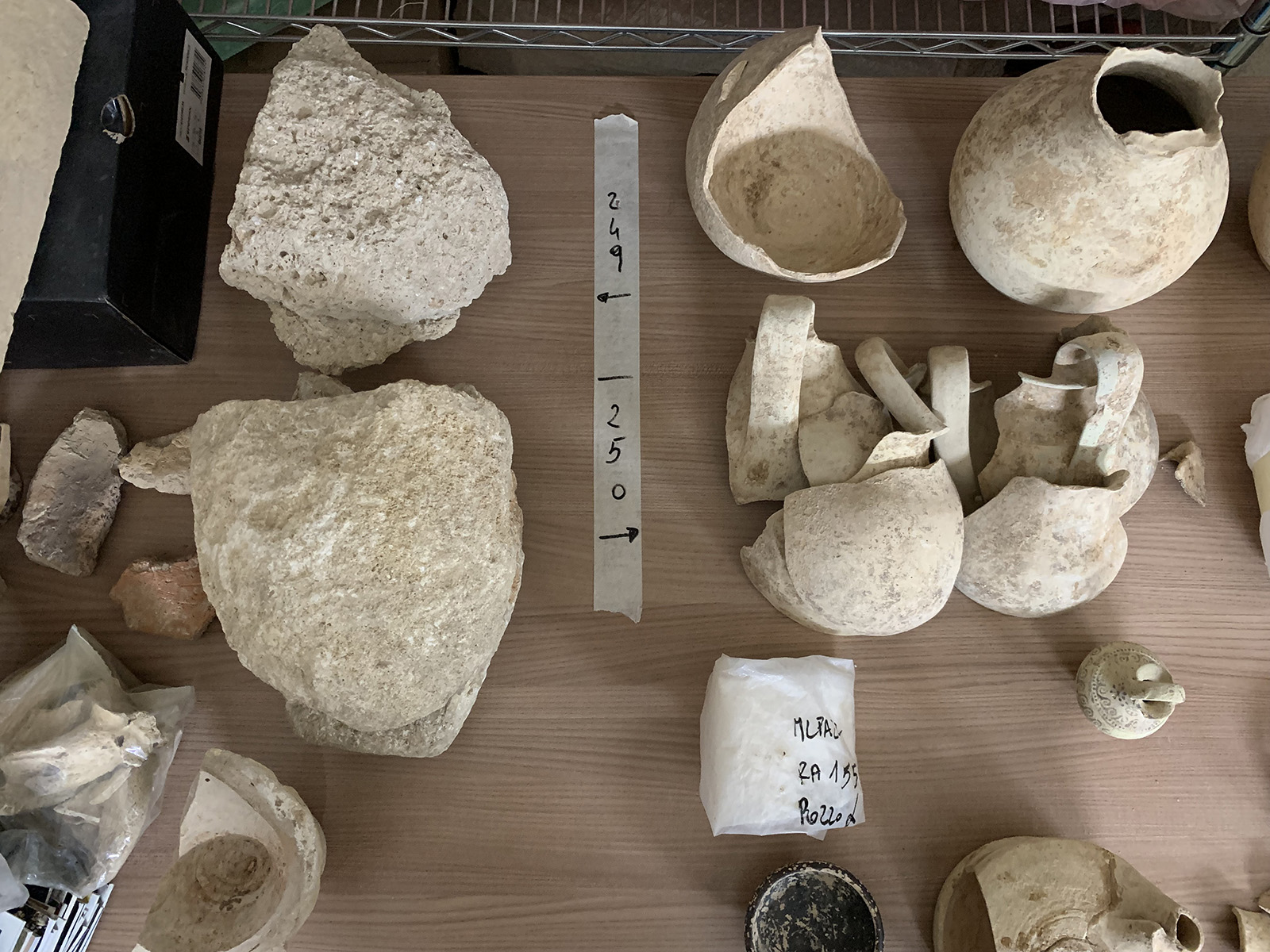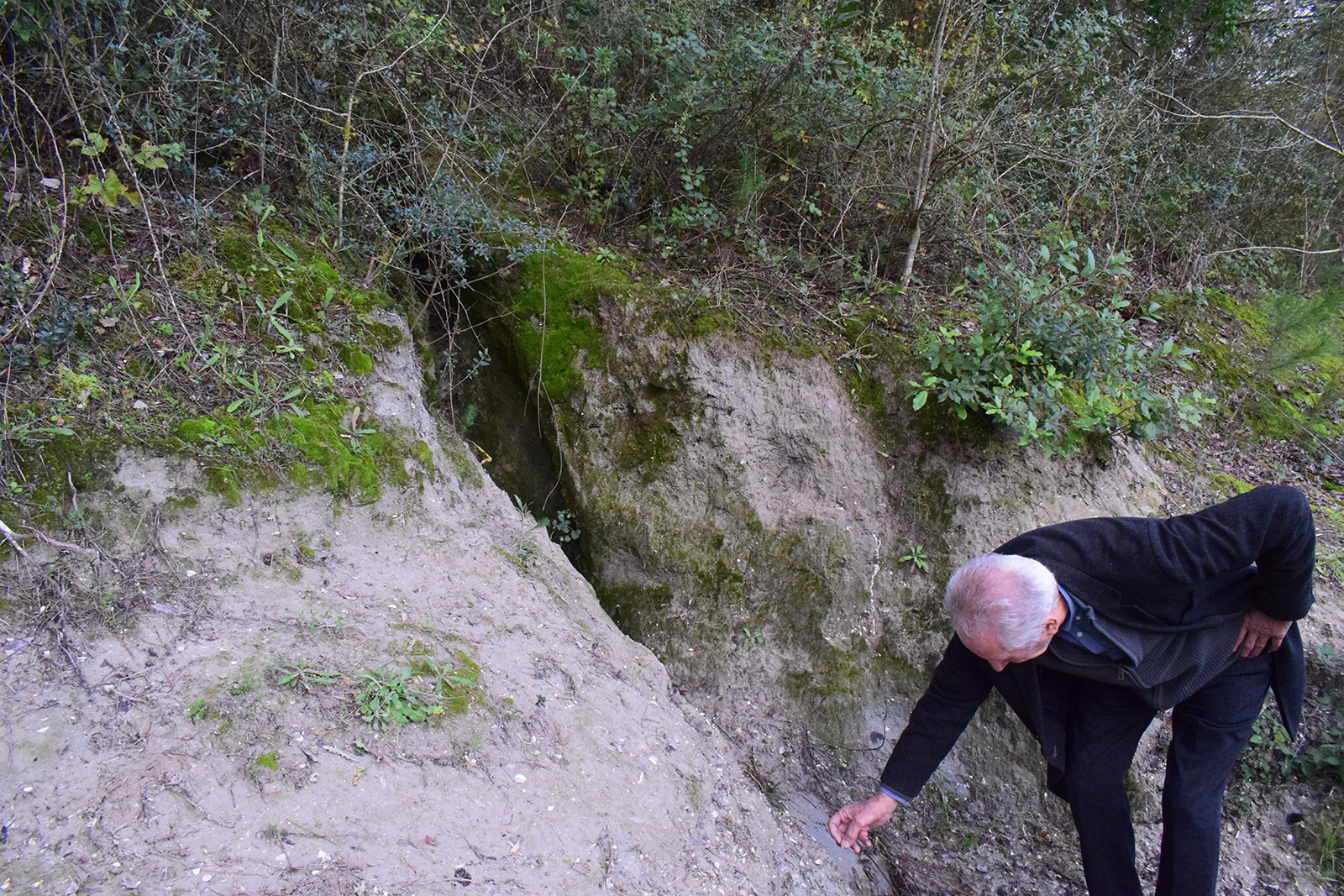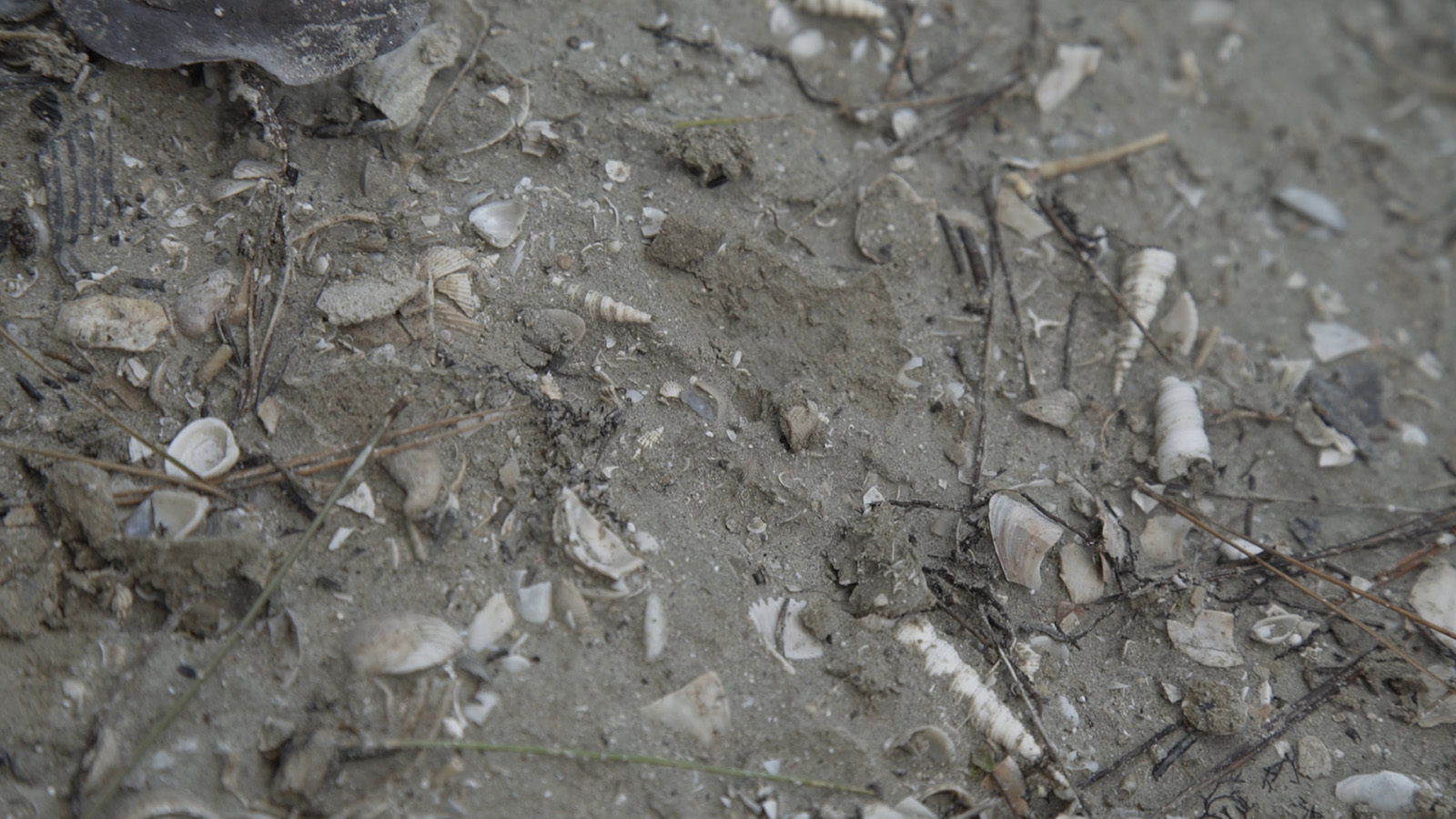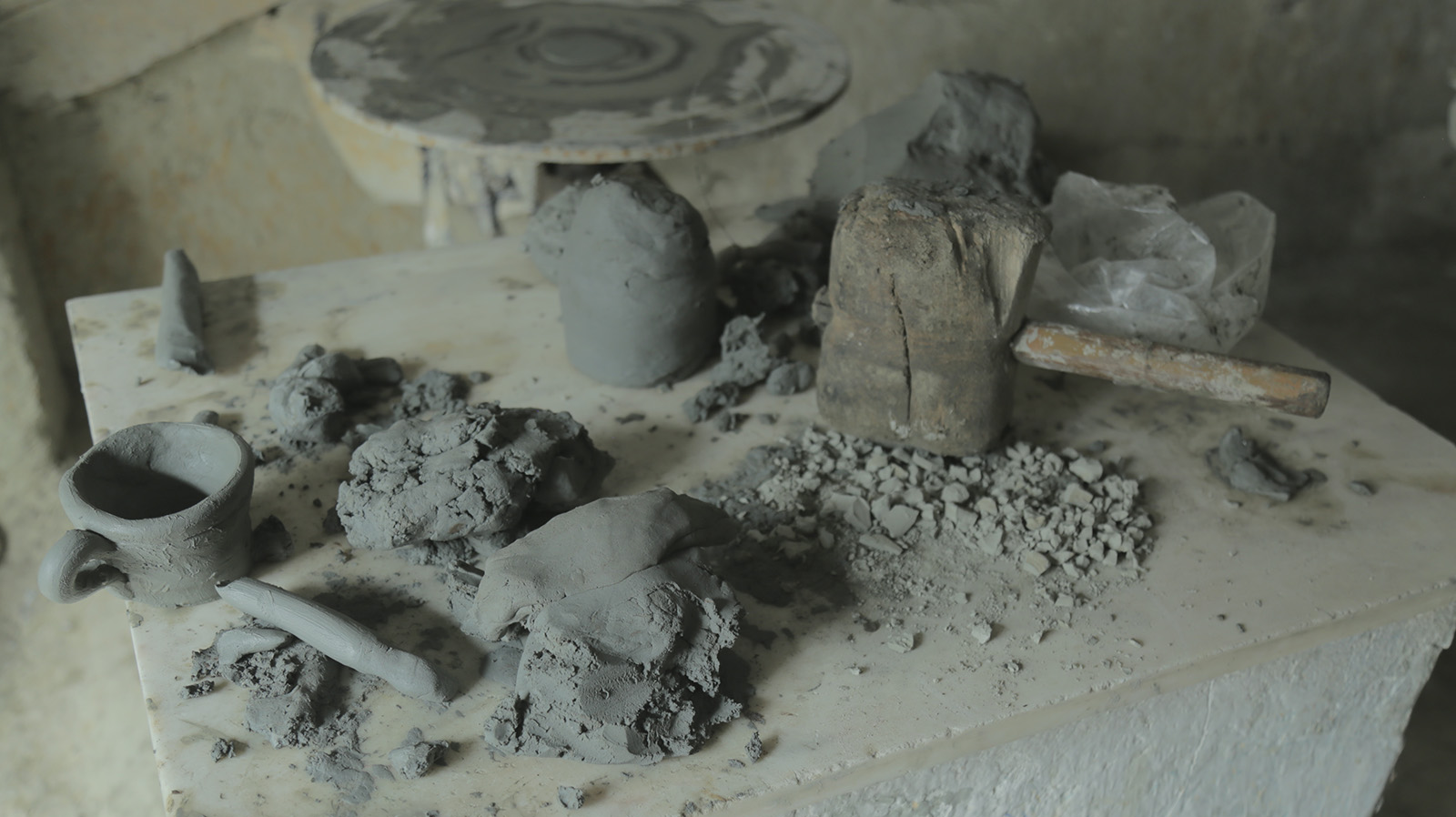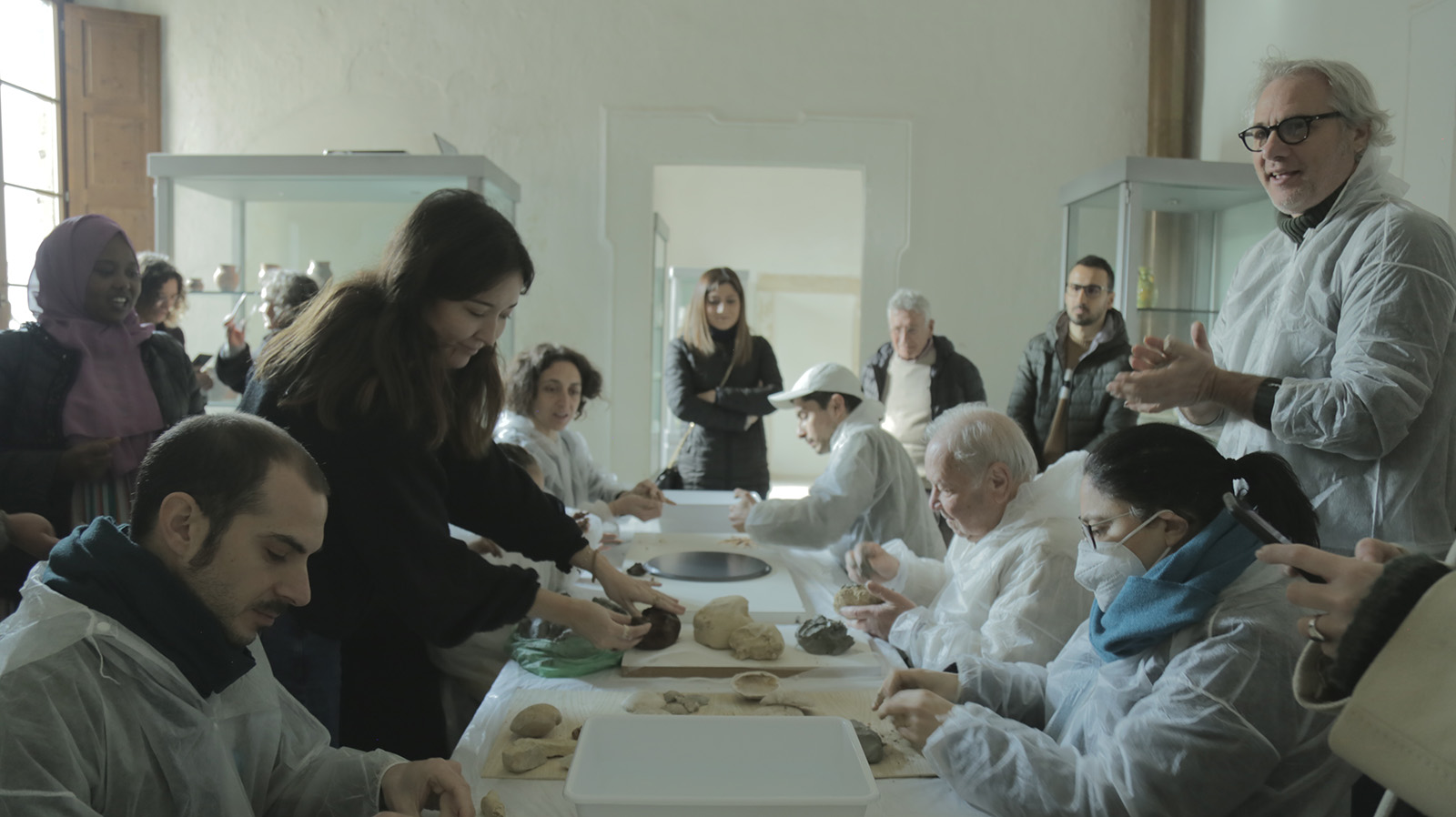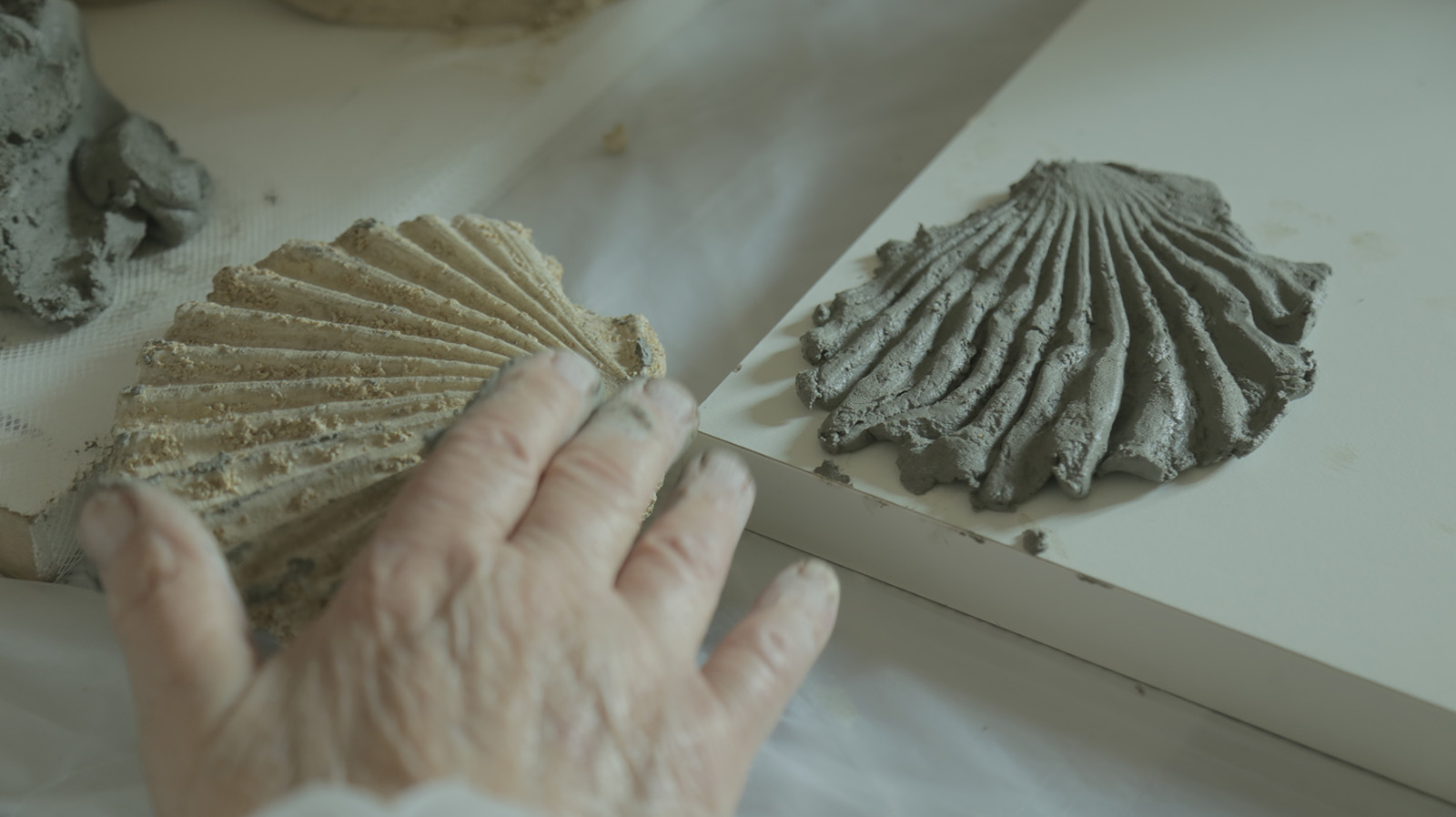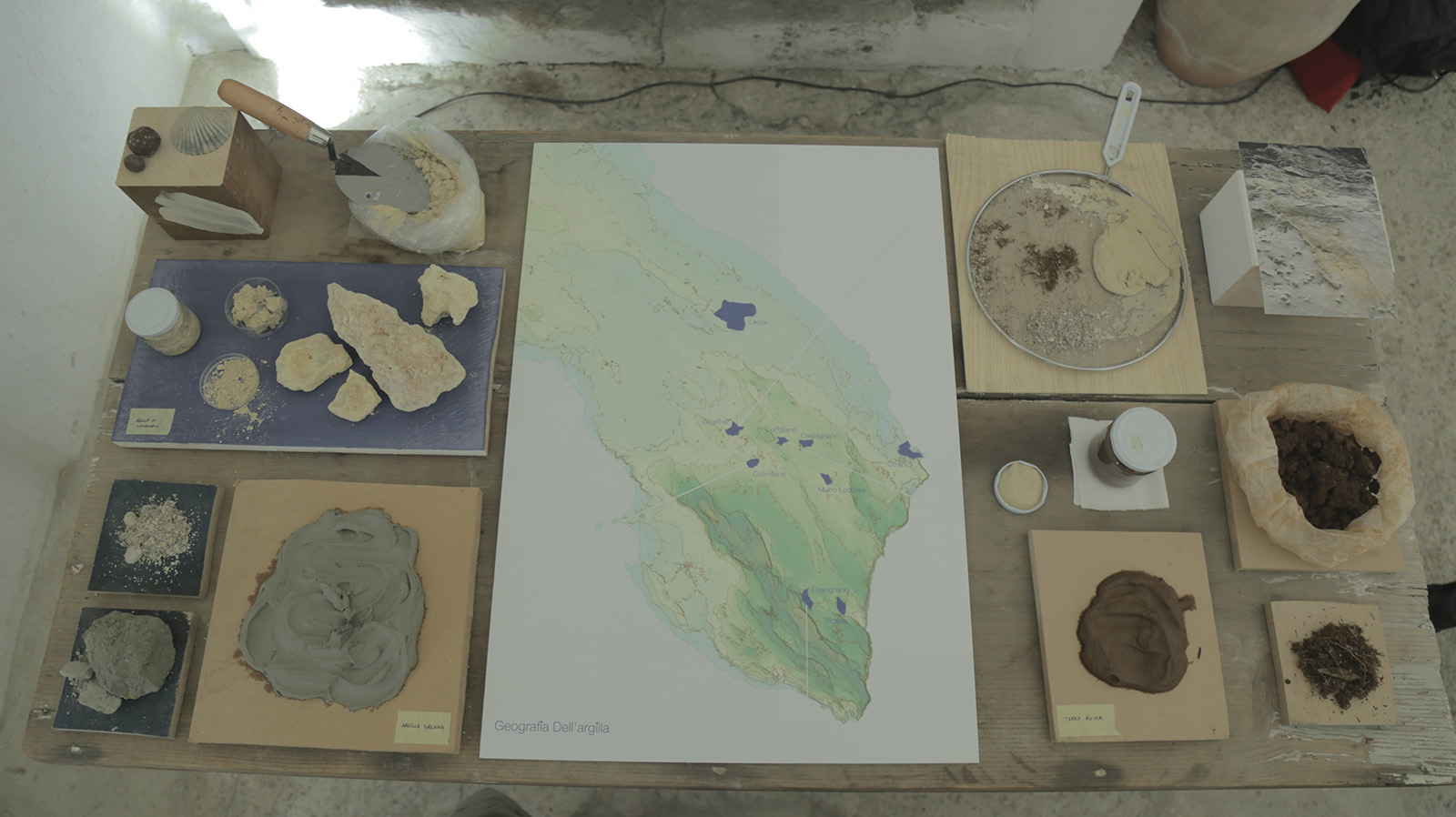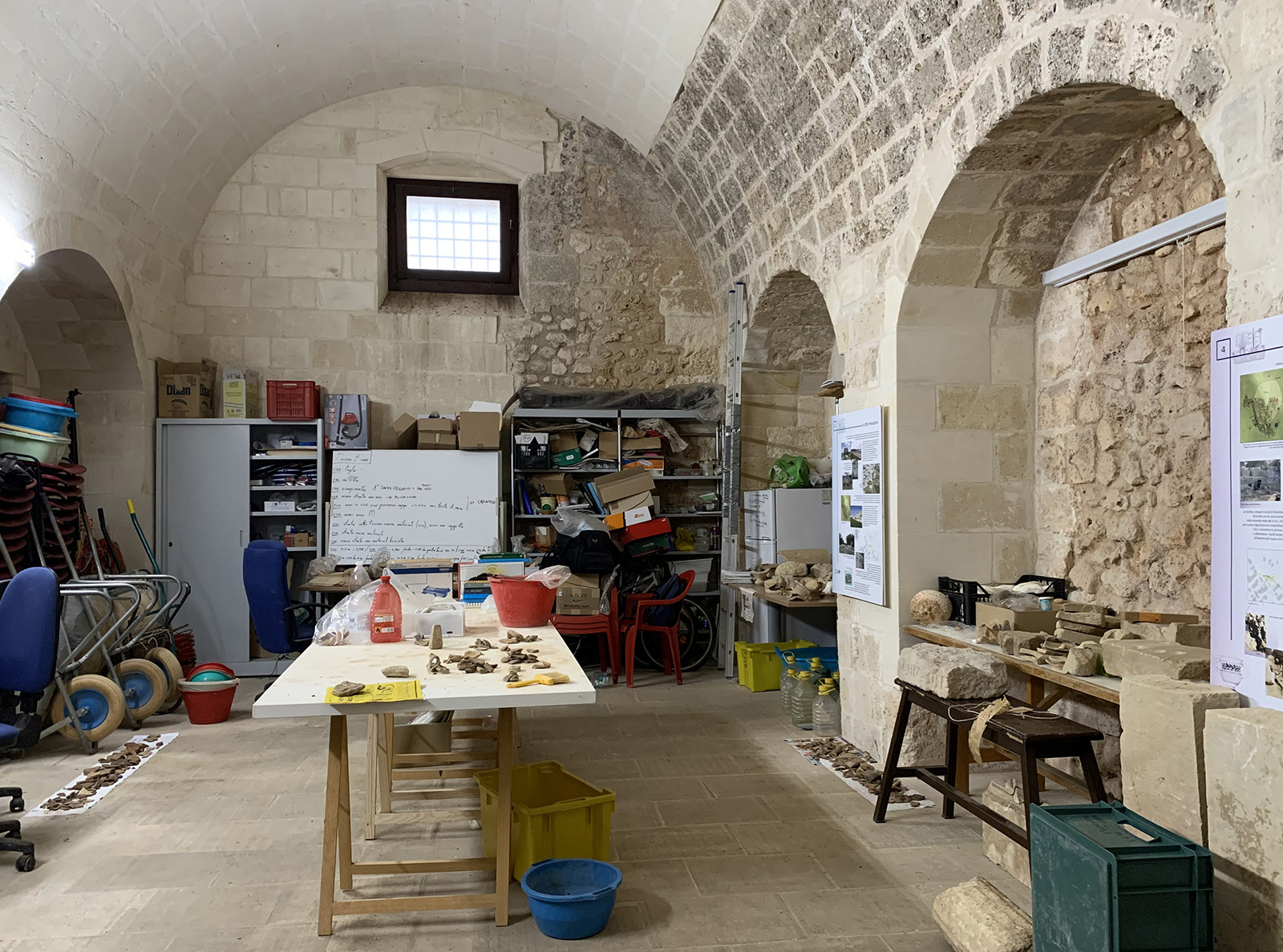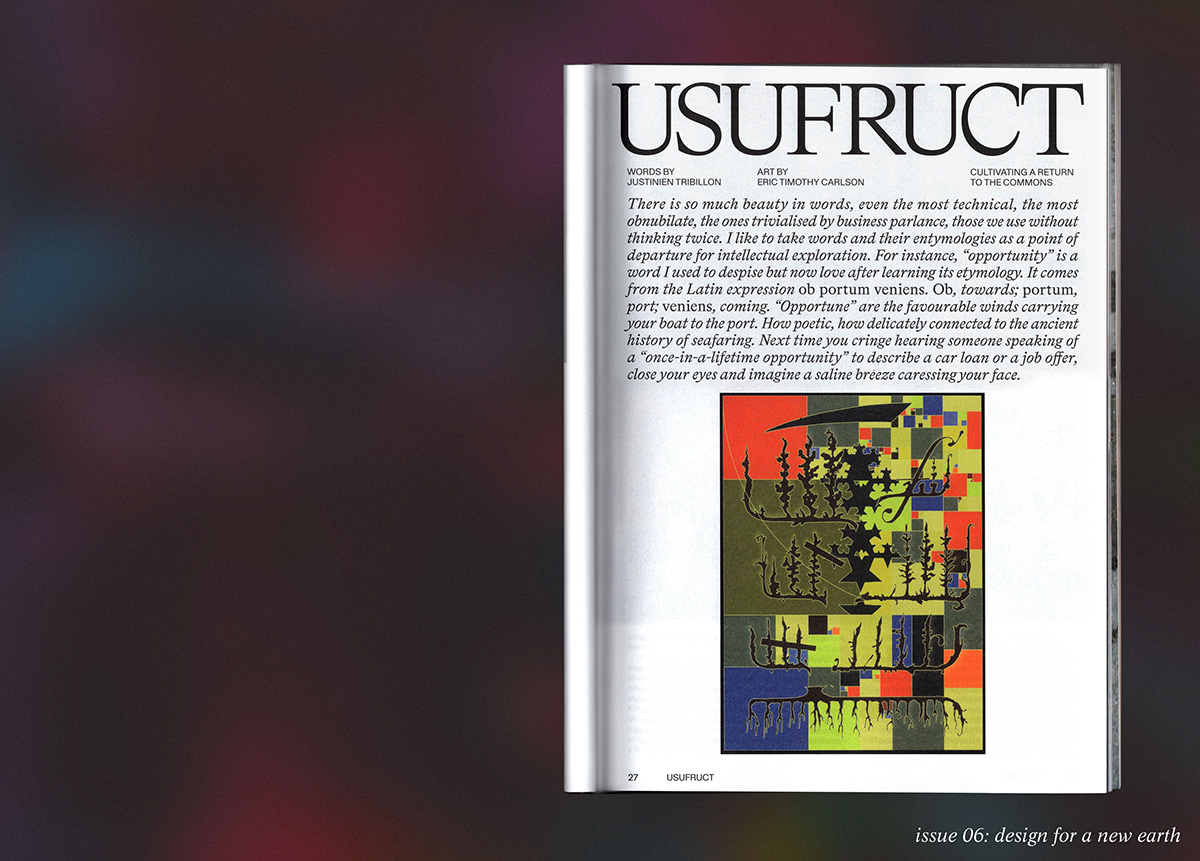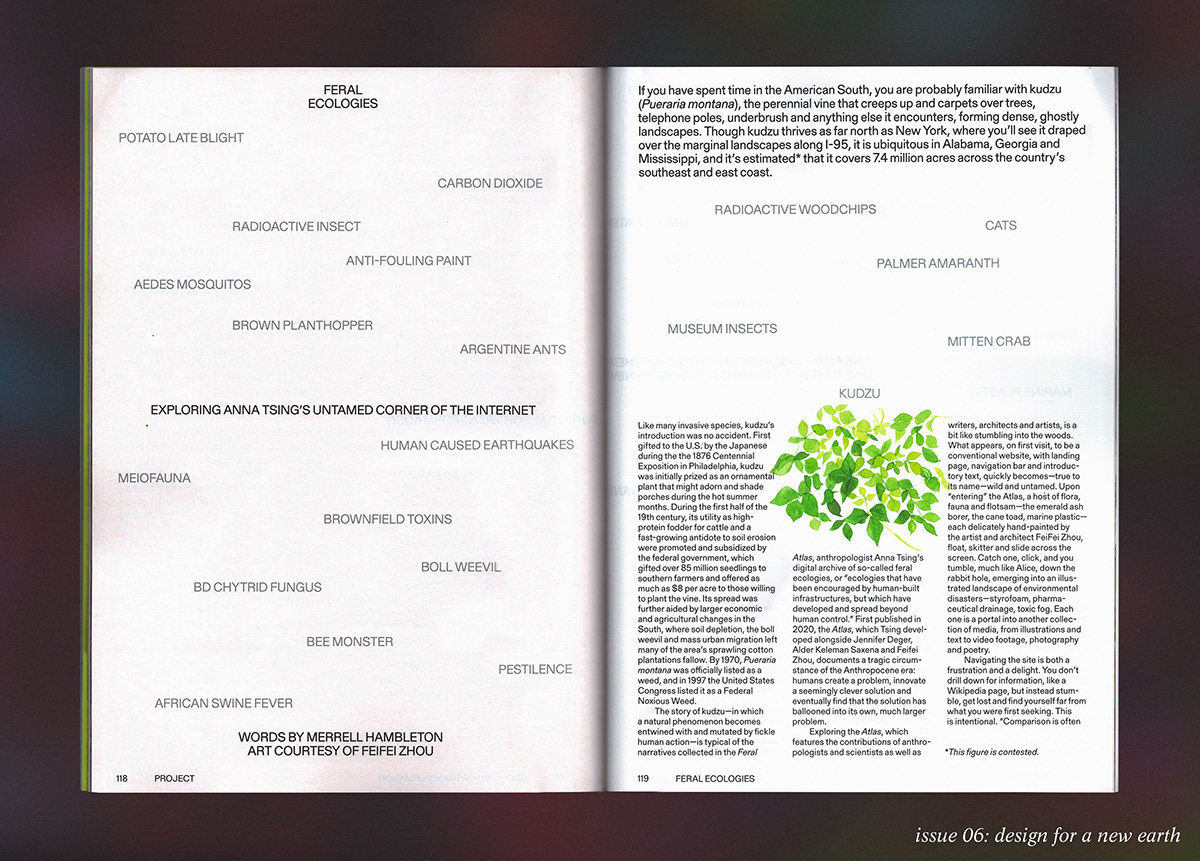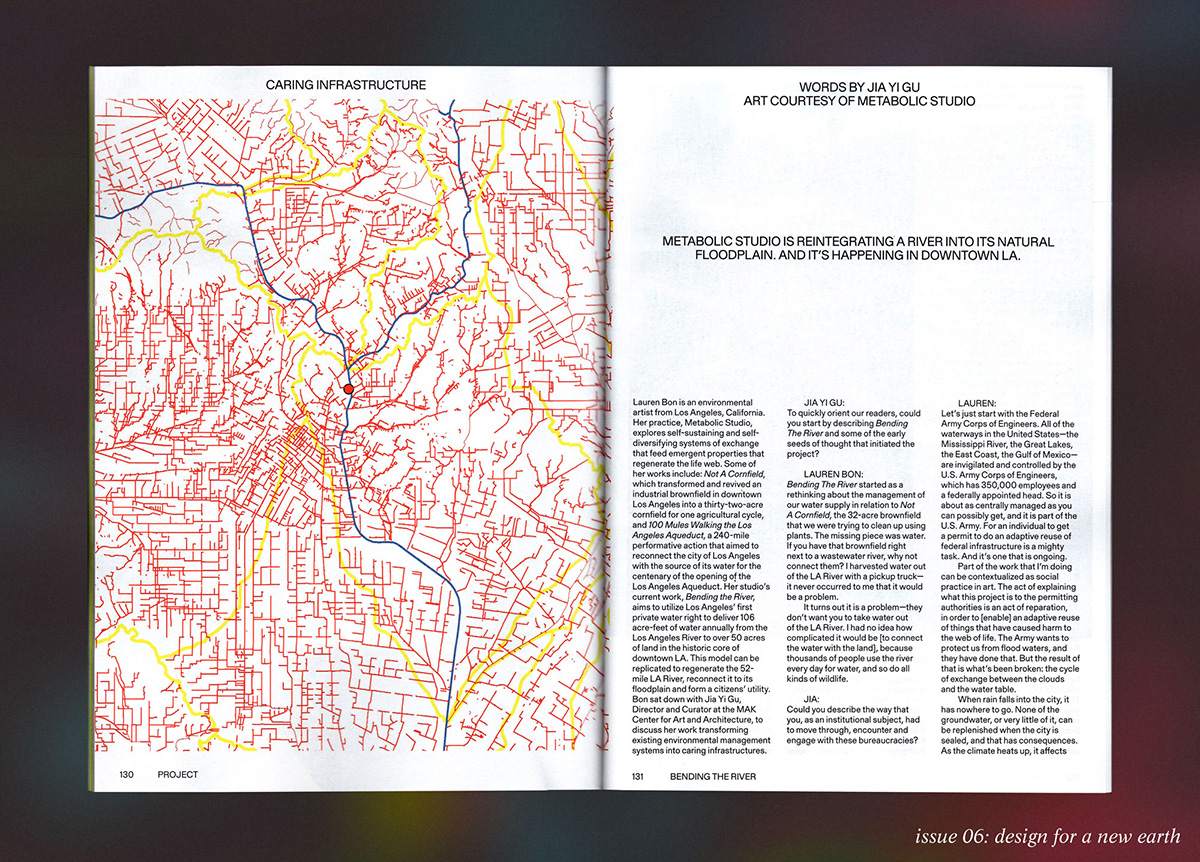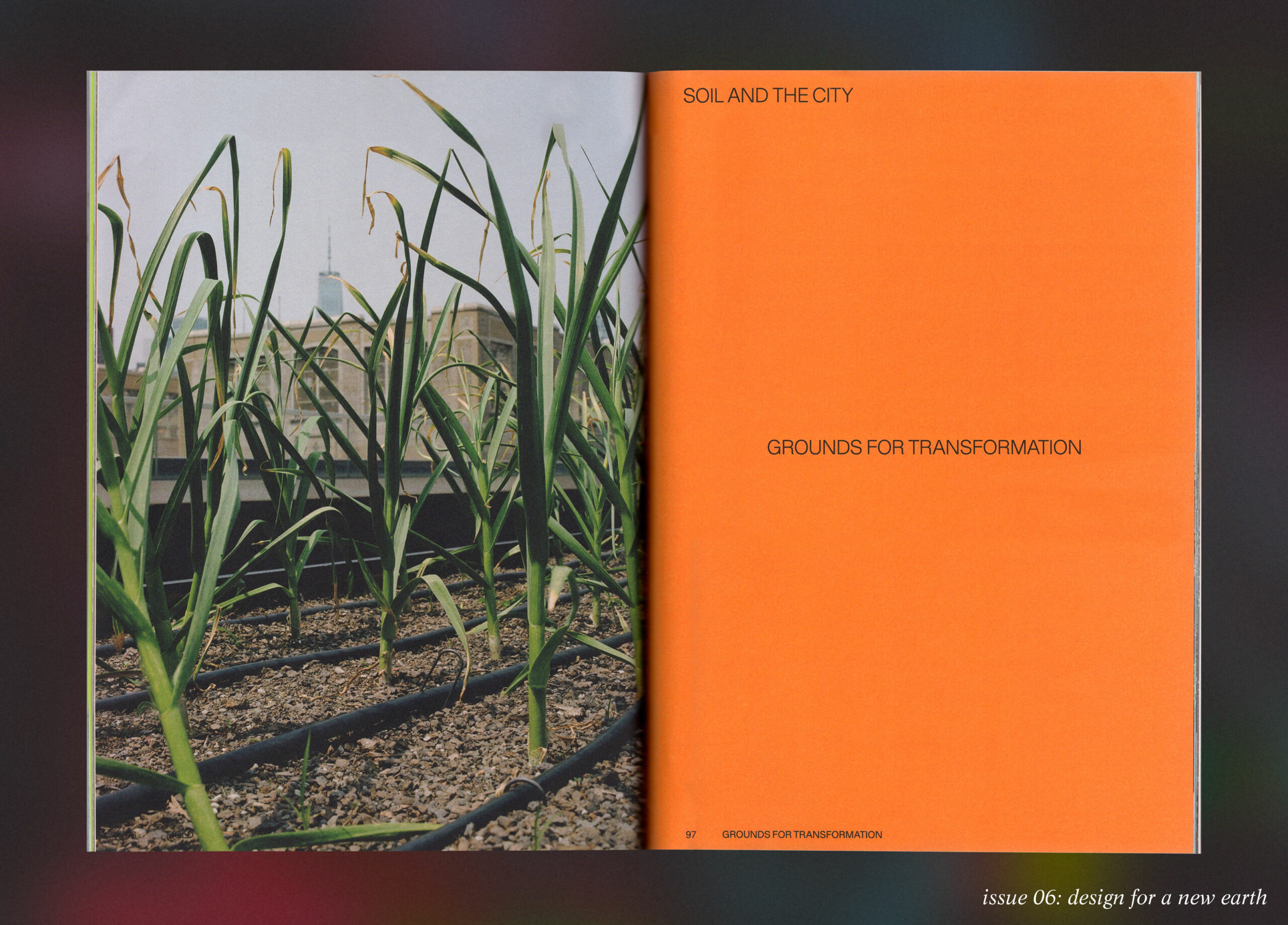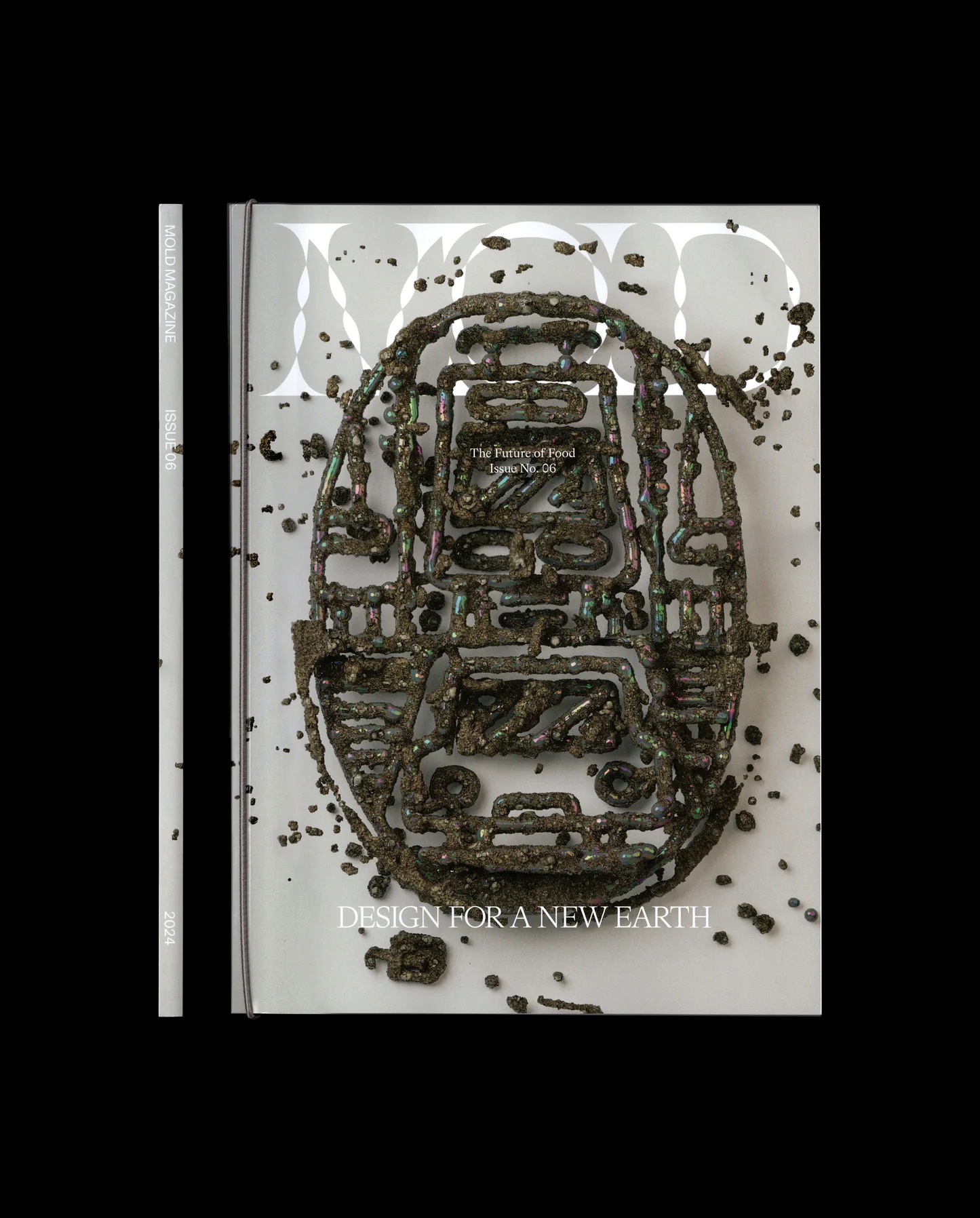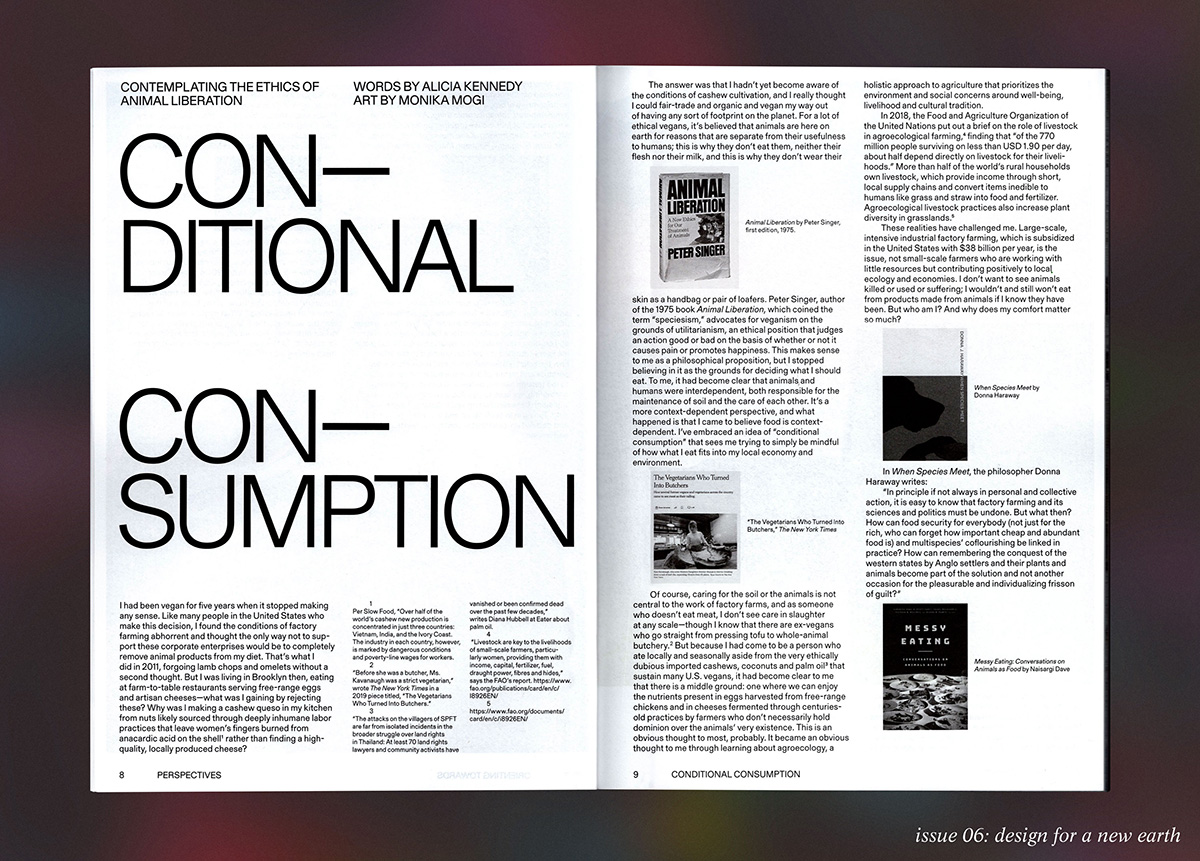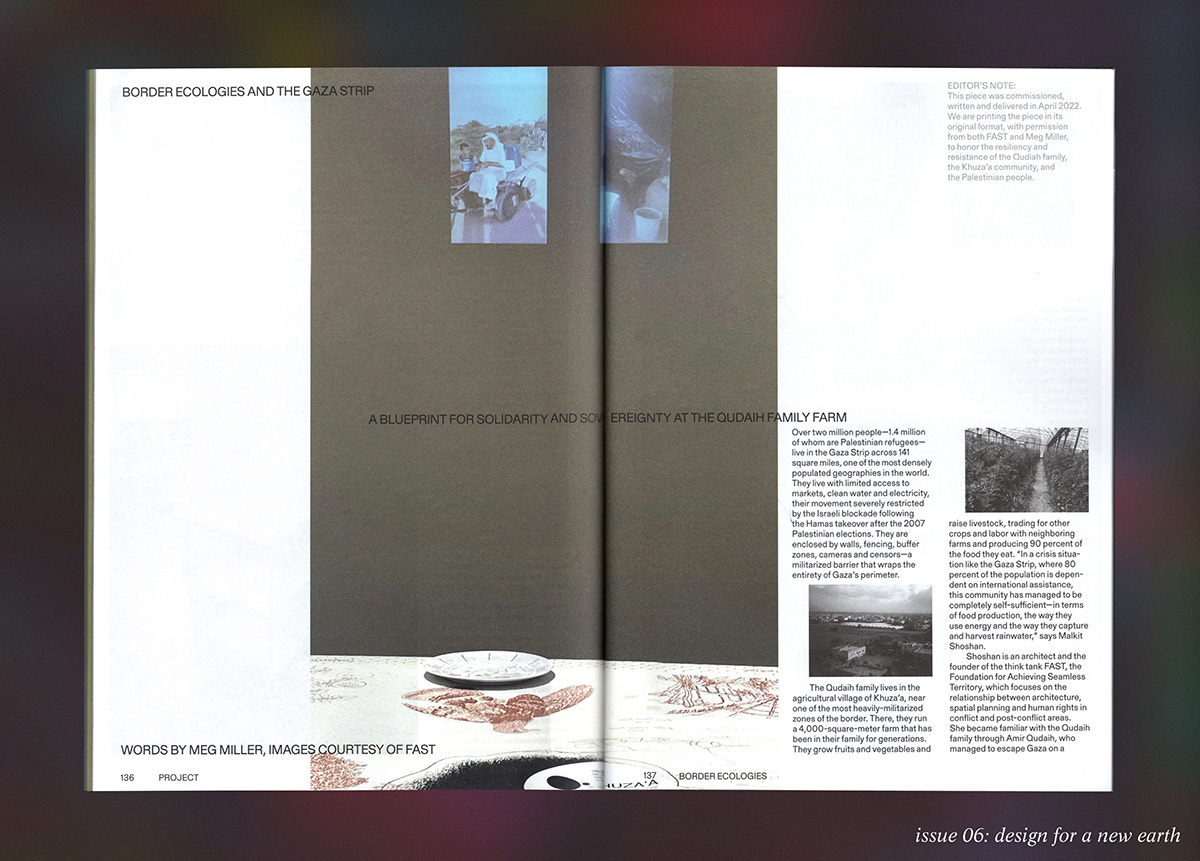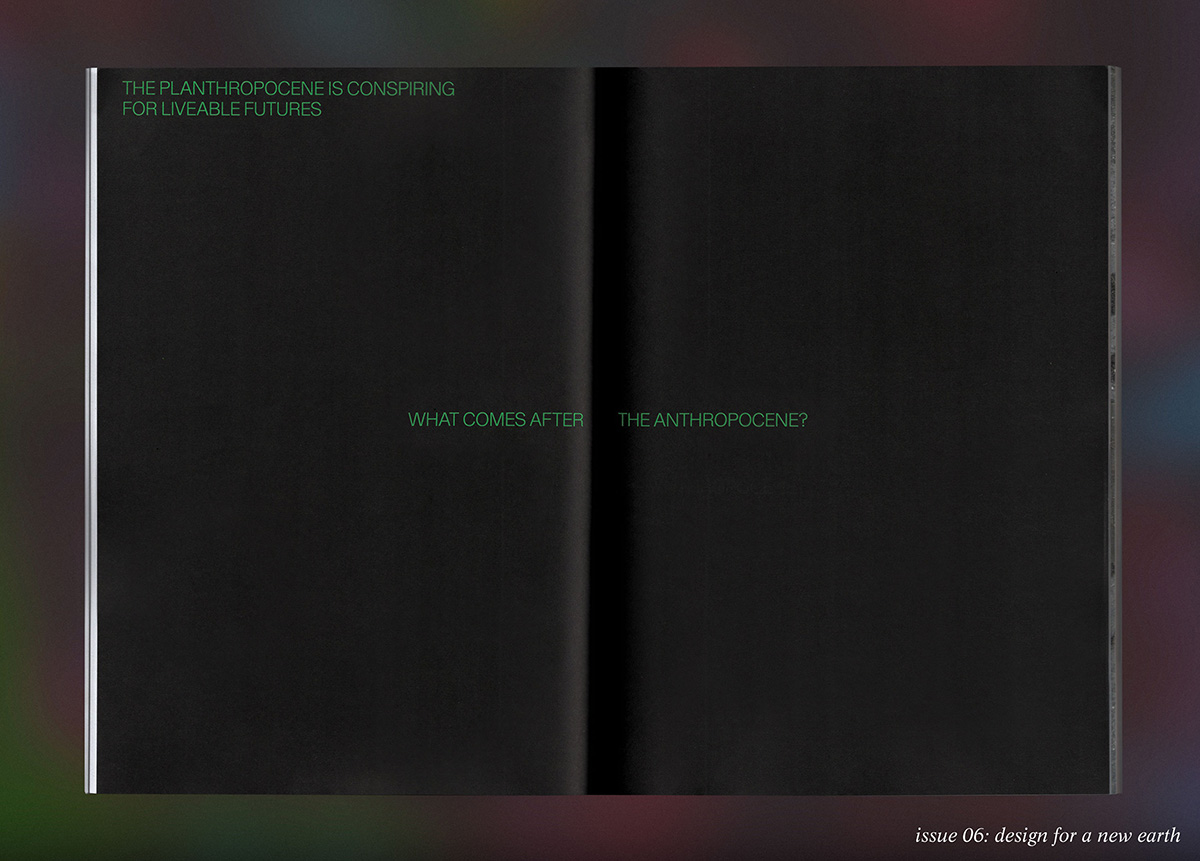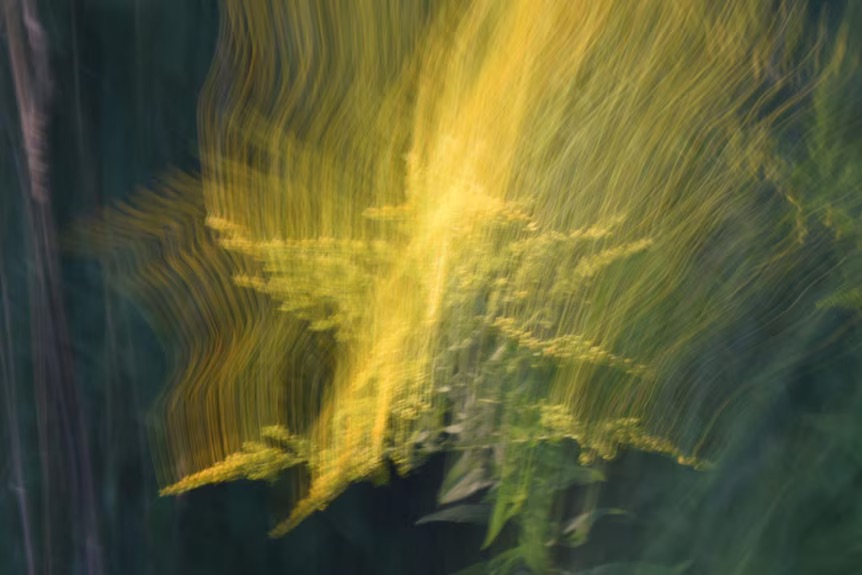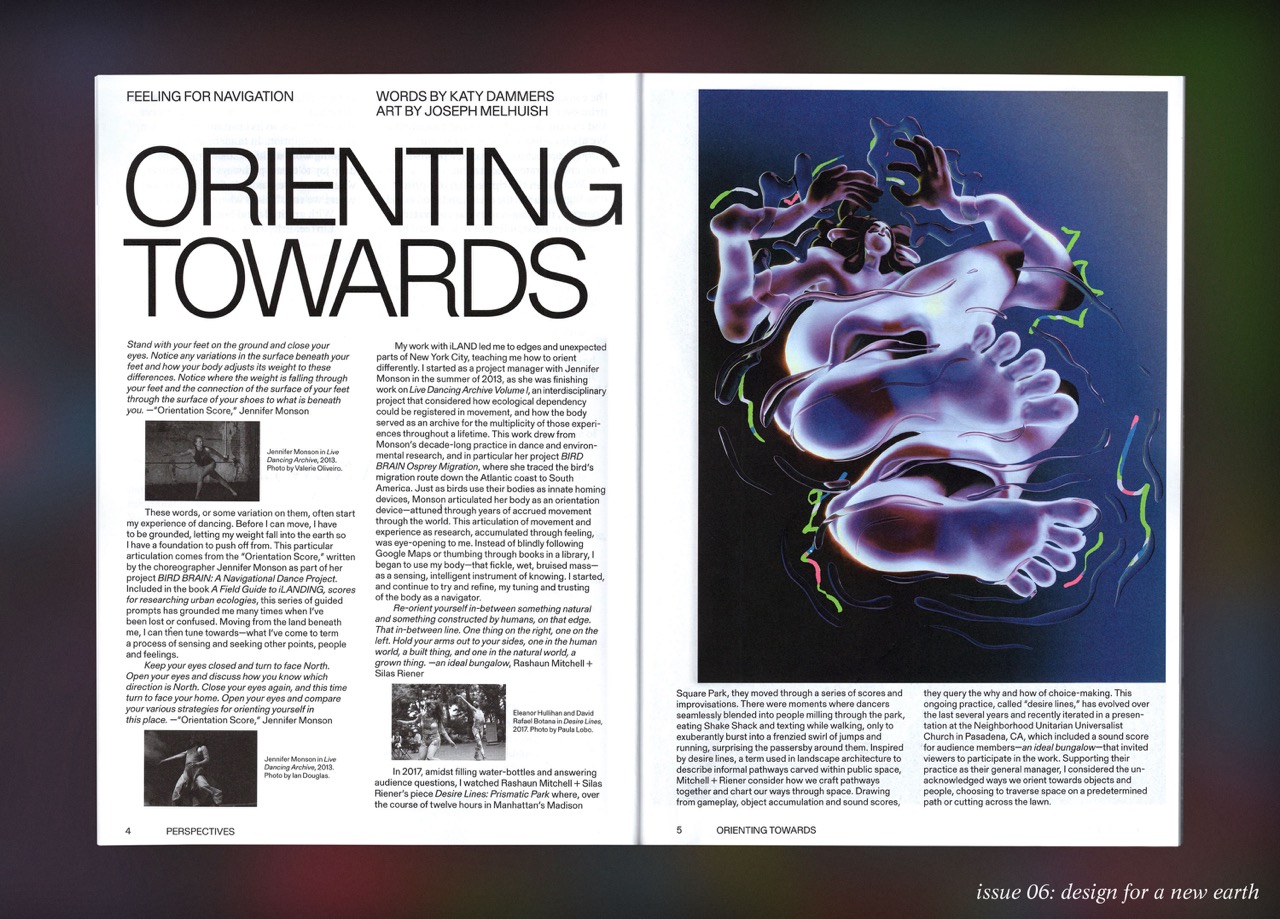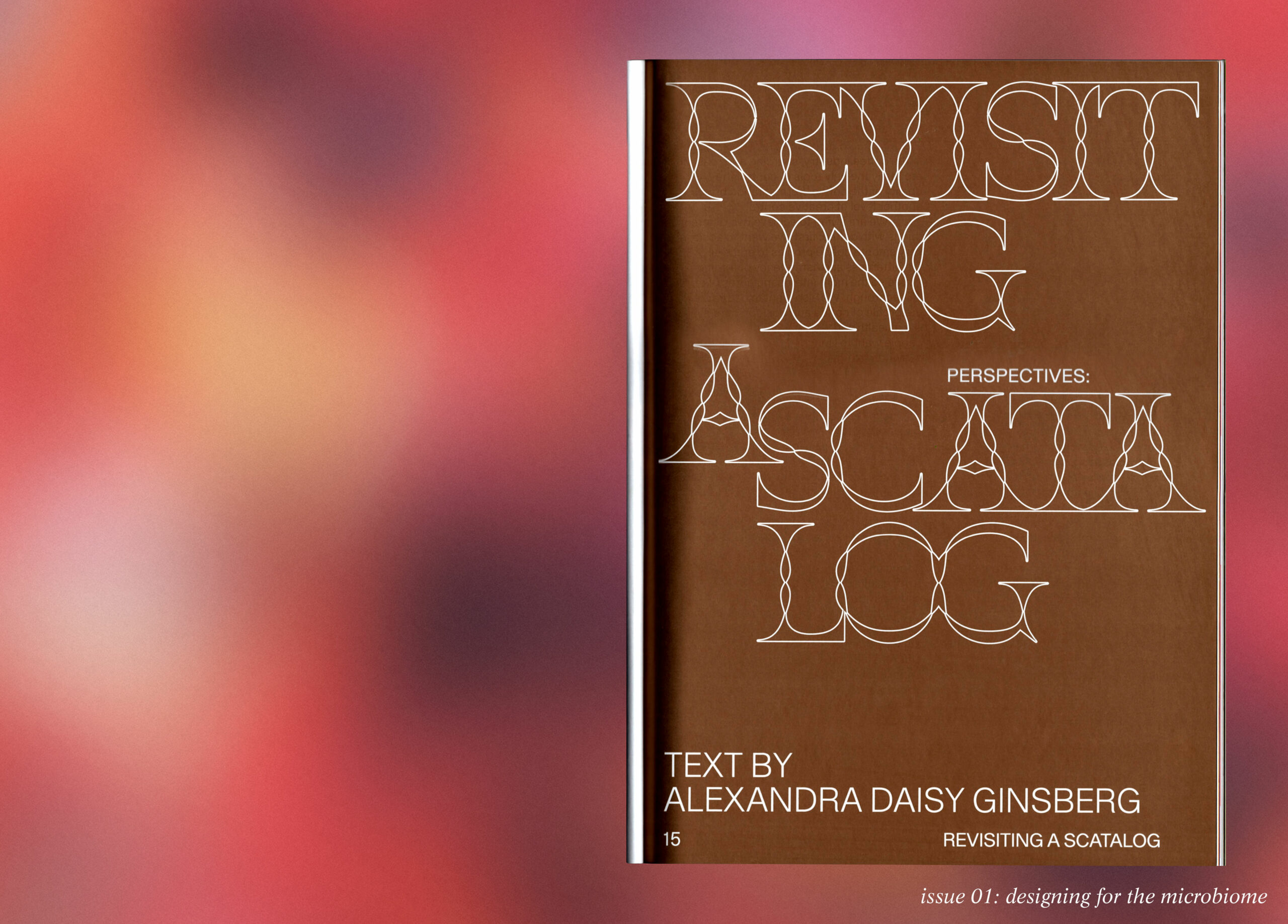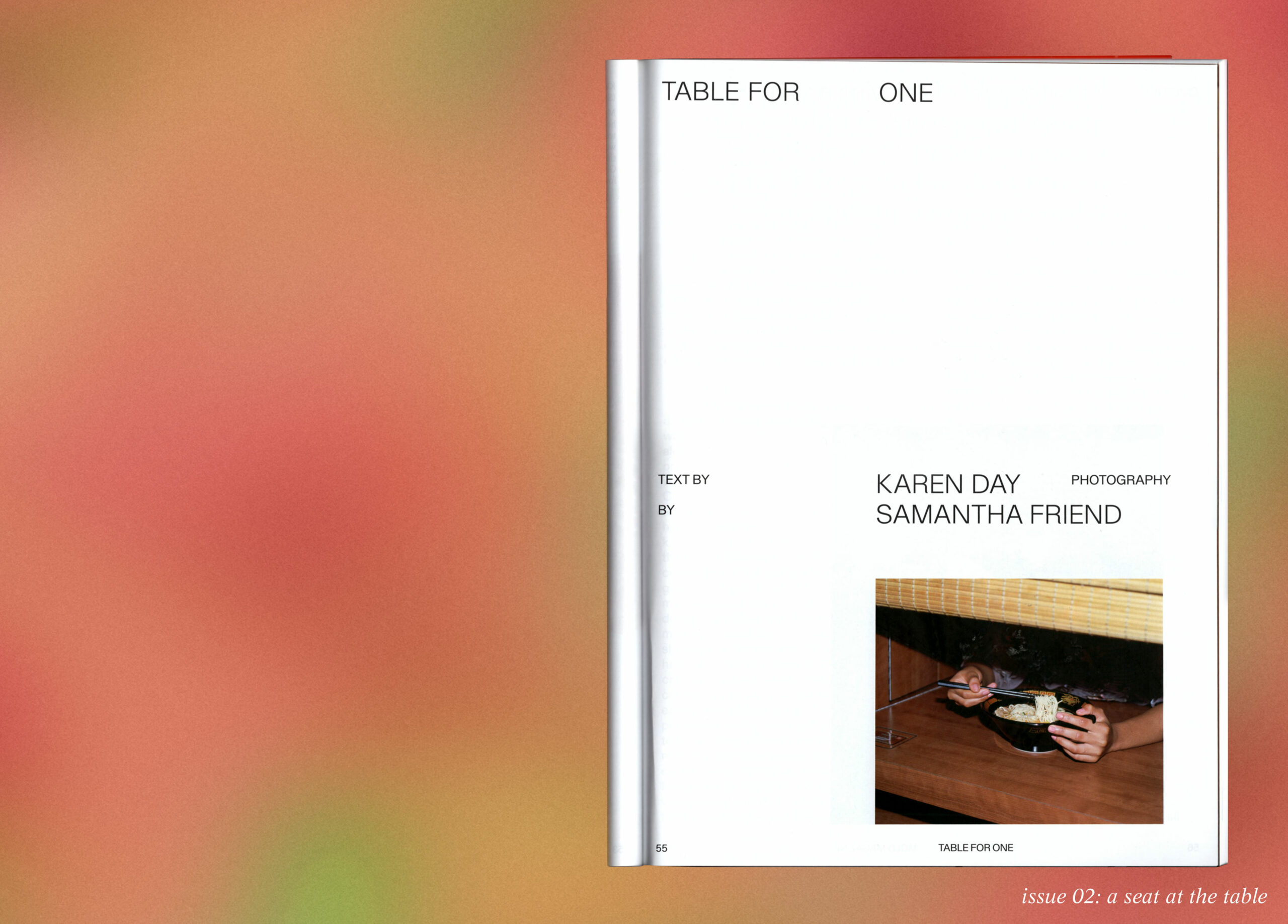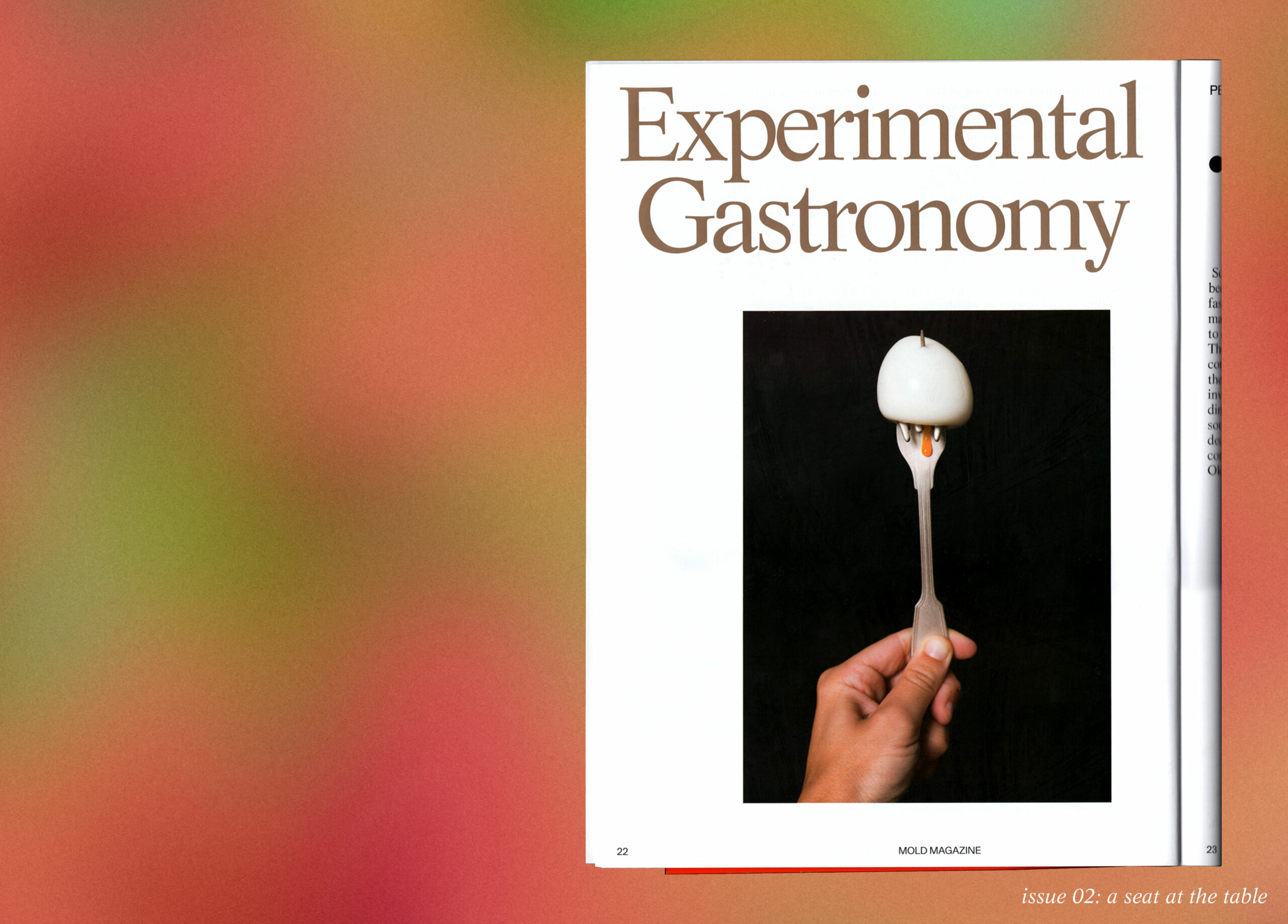This story is from the forthcoming print issue of MOLD magazine, Design for a New Earth. Pre-Order your copy here.
If the health of our living soils can act as a barometer of our planetary health, we, along with our soils, are endangered. According to the United Nation’s Intergovernmental Technical Panel on Soils, each year we lose between 25–40 billion tons of living soil to erosion, a tragedy facing what the FAO has called “humanity’s silent ally.”1 Artists and designers living in a time of great uncertainty play a crucial role in communicating to a broader audience both what has been lost and what is possible in this moment of transformation.
- 1. https://www.fao.org/news/story/en/item/357059/icode/
The year-long Soil Futures program, which took place beginning June 2022, created a translocal community to reflect on the past and imagine potential futures. The multipronged program—an artist residency, school, and local gatherings—brought together the research-led curatorial and community-based practices of five organizations: Arts Catalyst (Sheffield, UK), RIWAQ (al Bireh, Palestine), Sakiya (Ein Qiniya, Palestine), Struggles for Sovereignty (Yogyakarta, Indonesia), and Vessel Art Project (Puglia, Italy). Although geographically dispersed, the organizations share common lines of inquiry around the “specific ecological, spatial and social contexts of our locations and the wider political concerns that they are situated within,” explained Laura Clarke and Anna Santomauro, artistic director and curator of Arts Catalyst respectively.
“The extractive systems at work within the machine of colonization and capitalism has left our soils impoverished, arid and contaminated,” Clarke and Santomauro grieved. By sharing practices and perspectives, the Soil Futures program challenges dominant paradigms and reframes soil as comprising “sentient beings capable of producing and reproducing networks of care and mutual solidarity and of remembering the loss and violence enacted on them.”2 The Soils Futures project asks us: what might we learn, collectively, from the stewardship of soils that are deeply rooted within specific social, political and ecological struggles? How might we enter into dialogue with one another as a way to build translocal, caring networks and bodies of knowledge?
- 2. Maymana Arefin, Mapping Alternative Futures through Fungi: The Usefulness of Mycorrhizal Networks as a Metaphor for Mutual Aid, 2021.
Following an open call, Al-Wah’at (Areej Ashhab, Gabriella Demczuk, Ailo Ribas), Marie Hervé and Raghad Saqfalhait participated in the Soil Futures artist residency, a six-week exchange at the end of 2022 between the artists and their host organizations in Palestine and Italy. Al-Wah’at’s residency at Sakiya focused on the cactus—“sabr” in Arabic (literally meaning patience)—a Palestinian cultural and political symbol. Marie Hervé’s residency at Riwaq asked, “how can we construct a memory of the land?” And Raghad Saqfalhait’s residency with Vessel Art Project continued her research in clay sourcing, material cultures and processes of production. By extending and expanding their local communities of knowledge through artist exchanges, each host organization is now working on ways of sustaining the conversations sparked by their resident artists.
A second programming arm, the School of Soil Futures, launched online in March 2023 by gathering fourteen participants working across different geographies for a six-session online gathering. Contributors from different geographies—including Palestine, Mexico, Indonesia, Fiji and South Africa—were invited to share their practices connected to soil preservation, regeneration and reclamation to spark mutual understanding and imagining.
“The Futures that the program hints at are not based on an idea of progress or linear accumulation,” Clarke and Santomauro shared. “They are rather understood as infrastructures for imaginative action rooted in knowledges and ways of living with soils that were lost in the name of a neoliberal notion of land as productive and profitable bodies to extract value from.” With their pilot season wrapped, their hope is that the “program has provided the space to explore the local and planetary challenges of our changing world—land grabbing, monoculture, food scarcity, access to land just to name some…[and] amplify practices that actively try to establish healthy and collaborative relationships with soils in the face of such challenges.” Prepared with tools gleaned from practices ranging from agrarian traditions, ecological monitoring, community organizing, citizen science and more, as a society we’ll be better prepared to create resilient solutions to an interconnected and endangered world.
- 1. https://www.fao.org/news/story/en/item/357059/icode/
- 2. Maymana Arefin, Mapping Alternative Futures through Fungi: The Usefulness of Mycorrhizal Networks as a Metaphor for Mutual Aid, 2021.

